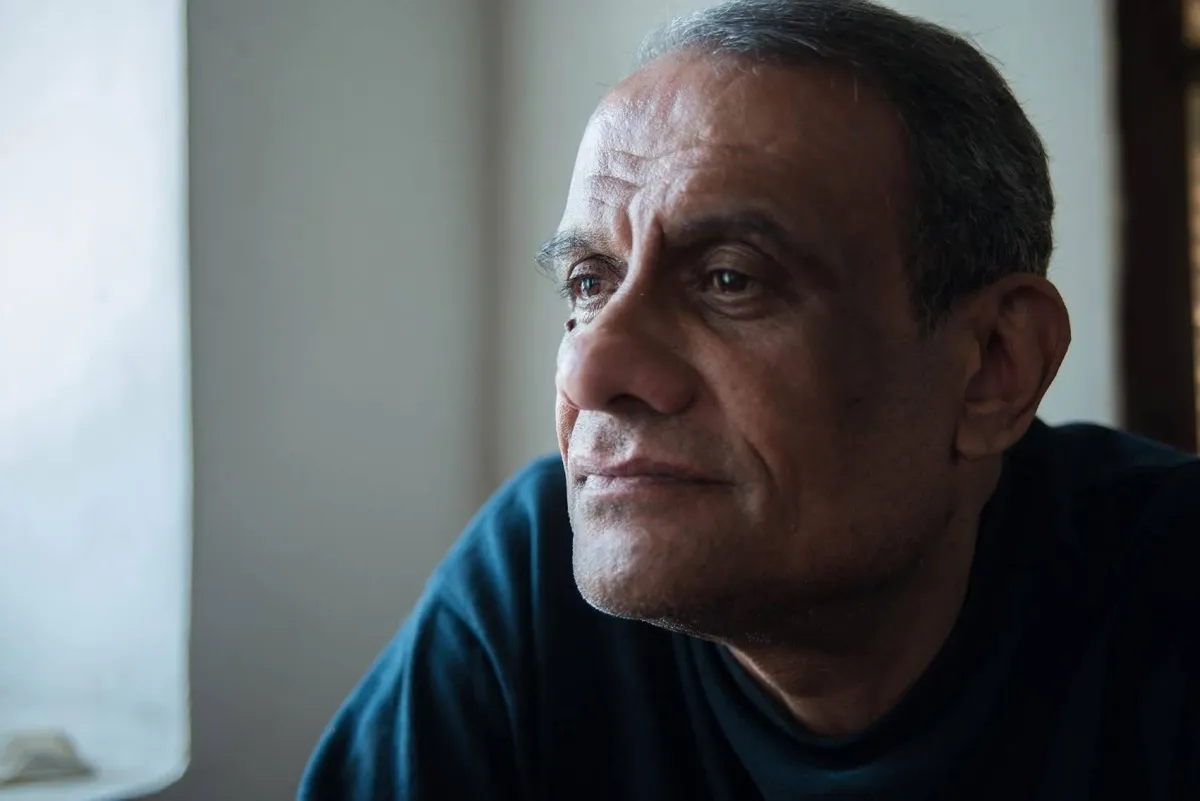Introduction to Digital Immortality
Since the beginning of civilizations, humans have fought against both oblivion and destruction. The first writers wrote their symbols on clay tablets in Sumer, not just to document trade or kings, but as a primitive attempt at immortality. This idea was born that writing is not just a means of communication, but rather a bridge against death and a weapon in the face of absence. The question of how to perpetuate consciousness and spirit has preoccupied people of all civilizations and forms.
The Evolution of Memory
In the past, immortality was achieved through inscriptions, epics, and manuscripts. Clay tablets, papyri, and illuminated tomes preserved the names of kings, sages, and poets and told their stories to those who would come after them. This memory was static but majestic. It was read after its owners’ absence, giving them an extension of time. Today, the digital cloud has become the new clay tablets on which our daily lives are written, not with ink but with data: sounds, images, feelings, and even the way we think.
Digital Memory and Immortality
Digital memory is no longer a static box for archiving, but a living entity that learns, interacts, and reproduces personality after the death of its owner. We no longer immortalize ourselves in stone or paper, but in the algorithms that continue our conversation with the world after we have fallen silent. This has led to the development of Digital Twins technology, which creates digital copies of people, mimicking their faces, voices, and ways of thinking to continue interacting after they die.
The Digital Twin: A Breathing Copy
The digital twin is no longer a static effect, but rather a represented consciousness capable of responding, interacting, and learning as if it were a second life in digital space. This raises worrying questions: Does the copy remain a reflection of the person or is it detached from the original? Is it a shadow or a new you? Will what we leave behind be real consciousness or an ingenious, soulless simulation?
Beyond Death: An Existence that Breathes by Algorithms
When the digital copy speaks after the death of its owner, remembering its memories and answering questions, we are faced with a new being that transcends the boundaries of death. This is where philosophy and law intersect: Who owns this copy? Family? Company? Or the same copy that learns and makes its own decisions? Some Western philosophers view this as an expansion of human consciousness, while others view it as a “soulless simulation” that could confuse the concept of identity.
The Question of Identity and Immortality
The question has evolved from “Is the soul immortal?” to “Can consciousness be stored?” and “Who am I?” to “Who is my version if you break up with me?” The concept of immortality has changed, and it is now possible to create a digital copy that continues to speak and think after we are gone. This raises questions about the nature of identity and consciousness, and whether it is possible to store and replicate human consciousness.
An Arabian Vision: A Memory of the Ancestors that Never Dies
The Arab world can offer its own vision and draw inspiration from its ancient heritage in preserving memories and conveying meaning. Imagine if we had a “digital archive of ancestors and scholars” – interactive versions of Ibn Sina, Ibn Khaldun, and Al-Tahtawi – in dialogue with new generations, transforming the heritage into a living, living school. This would be a cultural and civilizational project, as well as a technical one, and would require the development of artificial intelligence that is capable of revitalizing the principle of attribution and narrative in a new spirit.
Between Destruction and Memory
From the clay on which the first human voice was written to the algorithms that create our digital presence, the human dream remains one: that a trace of it remains behind when we are gone. But immortality, which was a poetic dream, has now become a philosophical dilemma: Will we live in our digital memories, or will they live within us? Will we remain the ones who own the memory, or will it own us? Between annihilation and memory, a new third world emerges, not similar to sound or body, but more like the human idea as it transforms into an intelligence searching for the meaning of survival.

